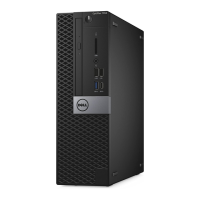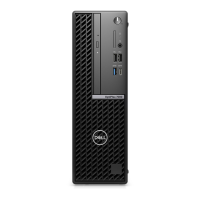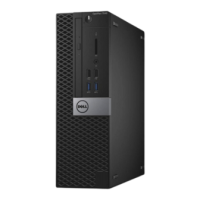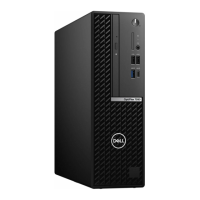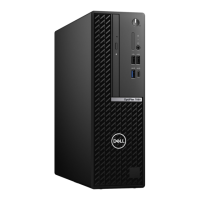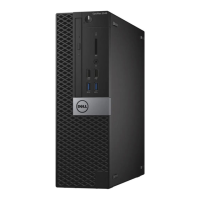is particularly pronounced for write operations, and it can be problematic for applications that are latency sensitive. One such
example of this is any application that performs thousands of random writes per second in very small block sizes.
RAID 1 (Mirrored, Data Protection) volumes benefit from higher performance when drives are matched because the data
is mirrored across multiple drives all I/O operations must be performed identically to both drives, thus variations in drive
performance when the models are different result in the I/O operations completing only as fast as the slowest drive. While this
does not suffer from the variable latency issue in small random I/O operations as with RAID 0 across heterogeneous drives, the
impact is nonetheless large because the higher performing drive becomes limited in all I/O types. One of the worst examples
of constrained performance here is when using unbuffered I/O. To ensure that that writes are fully committed to nonvolatile
regions of the RAID volume, unbuffered I/O bypasses cache (for example by using the Force Unit Access bit in the NVMe
protocol) and the I/O operation will not complete until all the drives in the RAID volume have completed the request to commit
the data. This kind of I/O operation completely negates any advantage of a higher performing drive in the volume.
Care must be taken to match not only the drive vendor, capacity, and class, but also the specific model. Drives from the same
vendor, with the same capacity, and even within the same class, can have different performance characteristics for certain
types of I/O operations. Thus, matching by model ensures that the RAID volume consists of a homogeneous array of drives that
deliver all the benefits of a RAID volume without incurring the additional penalties when one or more drives in the volume are
lower performing.
OptiPlex Small Form Factor Plus 7020 supports RAID with more than one hard drive configuration.
Media-card reader
The following table lists the media cards that are supported on your OptiPlex Small Form Factor Plus 7020.
Table 14. Media-card reader specifications
Description Values
Media-card type
One SD card 4.0 slot (optional)
Media-cards supported
● Secure Digital (SD)
● Secure Digital High Capacity (SDHC)
● Secure Digital Extended Capacity (SDXC)
NOTE: The maximum capacity supported by the media-card reader varies depending on the standard of the media card
that is installed on your computer.
Power ratings
The following table lists the power rating specifications of OptiPlex Small Form Factor Plus 7020.
Table 15.
Power ratings
Description Option one Option two
Type
260 W internal power supply unit (PSU),
85% Efficient, 80 Plus Bronze
300 W internal power supply unit (PSU),
92% Efficient, 80 Plus Platinum
Input voltage
90 VAC - 264 VAC 90 VAC - 264 VAC
Input frequency
47 Hz - 63 Hz 47 Hz - 63 Hz
Input current (maximum)
4.2 A 4.2 A
Output current (continuous)
● 12 VA / 18 A
● 12 VB / 16 A
Standby mode:
● 12 VA / 1.5 A
● 12 VB / 3.3 A
● 12 VA / 18 A
● 12 VB / 18 A
Standby mode:
● 12 VA / 1.5 A
● 12 VB / 3.3 A
Specifications of OptiPlex Small Form Factor Plus 7020 25

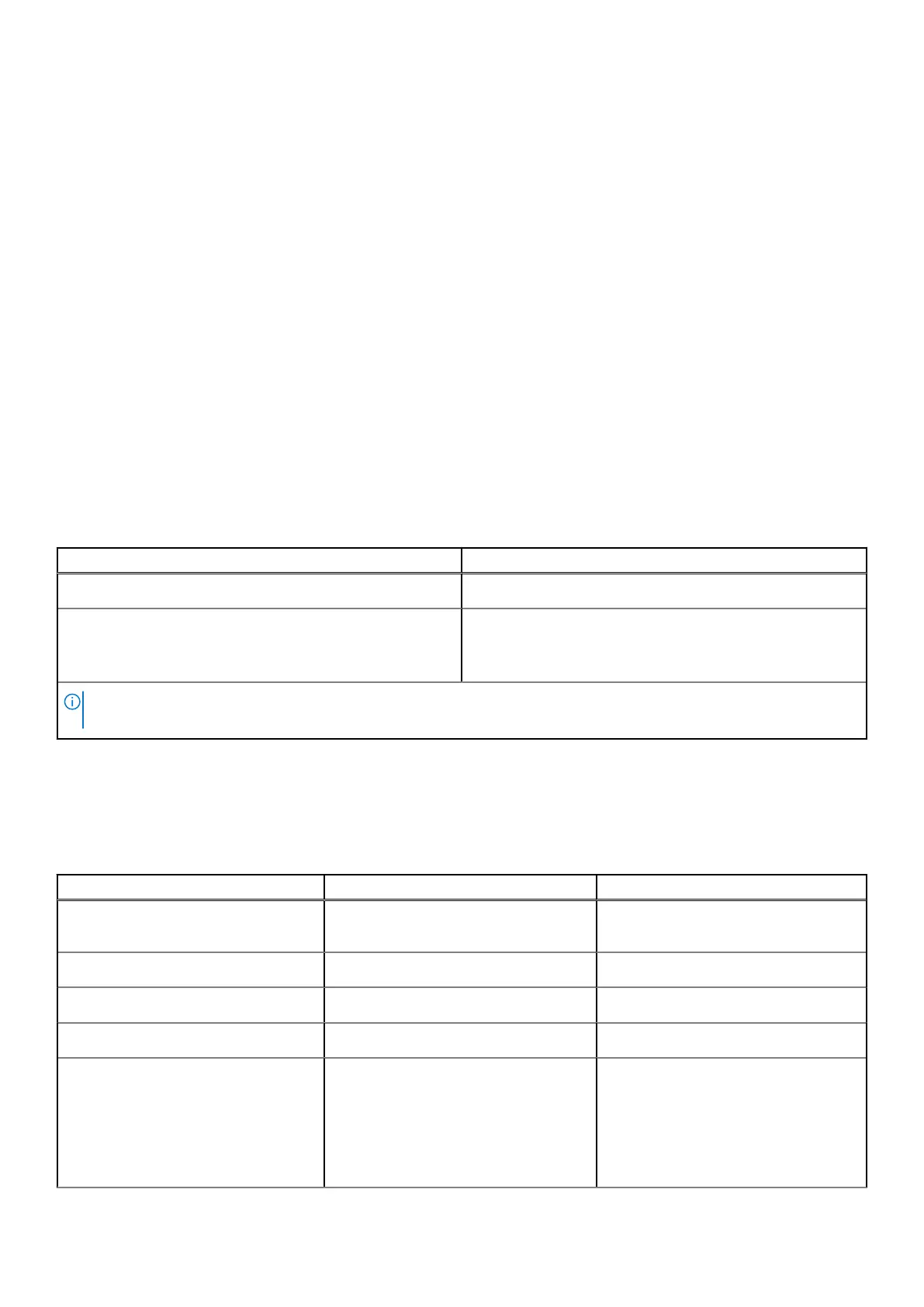